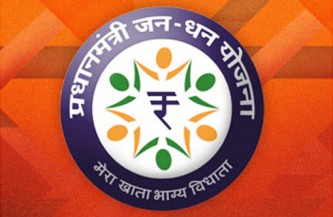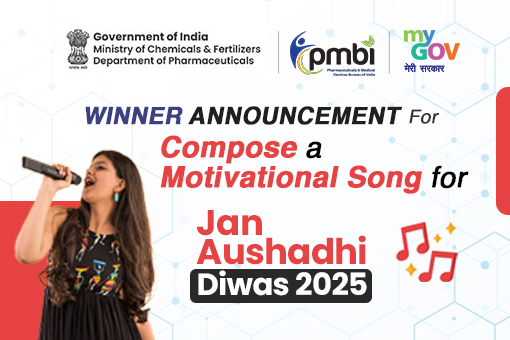India leaping into digital age

[Blog by: Rajesh Shukla, Managing Director and CEO, PRICE]

Shri Rajesh Shukla
Digital connectivity has zoomed across the country, making it one of the most significant developments in post-liberalisation India. This has huge significance for and impact on the way social interactions, consumption and communication are coming together to help India become a global market hub to create new opportunities for both marketers and consumers. Government initiatives such as Digital India, Jan Dhan Yojana, Prime Minister’s Street Vendor’s Atmanirbhar Nidhi SVANidhi (PM SVANidhi) scheme, direct benefits transfers, mandating of National Electronic Toll Collection FASTag for toll plazas, etc. have enabled furthered problem-solving at the grassroots level. Therefore, it is no surprise that the Government of India is committed to giving its Digital India programme a further fillip to propel the next phase of economic growth.
The Government’s Digital India initiative has helped the country achieve significant digital progress, and digital payments are now well entrenched in India. From zero digital access in the late 1990s, Indian households have leapfrogged in a span of two decades into a world where half of all households have Internet access. The results of the Pan India ICE 3600 Surveys of the People Research on India’s Consumer Economy (PRICE), an independent, not-for-profit research centre, show that while access to Internet by all households increased from 22% in 2016 to 52% in 2021, the access for the bottom 20% registered a quantum jump from 4% to 45%. Survey findings reveal that one-third of Indian households were using digital payment methods for money transfer or payments in 2021. A particularly heartening finding is that almost a quarter of the households in the bottom 40% income group have adopted digital payments, evidence that digital payments are no longer the preserve of the rich and well-educated.
There are clear indications that India continues firmly to be on a high growth digital payments trajectory, coupled with deepening digital financial inclusion. Nearly 15% of the poor and middle income households indicated in the survey that they would like to adopt digital payments. Digitalisation has also received an impetus with the sweeping lifestyle changes that have come in the wake of the COVID-19 pandemic, which has altered forever the way Indians pay: survey findings reveal that about half of the current digital payment users have adopted digital payments post the March 2020 lockdown. This trend is expected to continue as digital payments become a way of life. Further, going forward, with the launch of UPI123PAY feature for interactive voice response based digital payments, lack of ownership of a smart phone has now ceased to be a barrier in the adoption of digital payments. Within the digital payments product suite, while UPI is already the star as a result of users perceiving a clear advantage in the instant payment experience it offers, its adoption is expected to grow further as awareness about its interoperability spreads.
India has used technology to not only democratise access but also to promote more inclusive productivity. Digital inclusiveness has enabled direct benefits under government schemes to be transferred at scale to the poorer and weaker sections of the society. For instance, 28% of rural households have benefited from direct benefit transfer under the PM-KISAN Samman Yojana. Similarly, the proportion of households with below poverty line cards in the bottom two quintiles has increased from 40% and 39% respectively to 57% and 60% respectively over the period from 2016 to 2021. Digital financial inclusion has also been deepened as a result of 26% of rural households getting access to banking services under Pradhan Mantri Jan Dhan Yojana, respectively.
Despite these challenges, the future of the digital payment ecosystem looks promising. There is very strong consumer momentum in favour of digital payments and online banking, driven by a very well-developed ecosystem. A high-quality push towards empowering users with specific how-to-use knowledge, helplines for learning as well as problem-solving, and safeguard features which help the user stay safe can help India advance rapidly towards the goal of being a less-cash society.
There are notable supply-side initiatives to promote electronic payments. Our research suggests that to galvanize merchant digital payments at scale, there can be no “one size fits all” template. A niche and verticalized innovation approach, wherein solutions are customized to specific micro-segments, use cases and ecosystems, will prove more fruitful.
Factoring in learning costs and potential disruption of business costs (in terms on integrating new processes into existing workflows) is a necessary step. An encouraging policy and regulatory framework in removing barriers for small businesses will pave the way for further growth. A simultaneous emphasis on building social infrastructure, effective literacy and trust building can provide an enabling environment. Models that encourage robust value proposition to merchants for going digital are needed. Digital payments linked with business credit and ERP solutions provided yet another potential area for growth. As adoption increases, there is a need for niche payment solutions for varied business segments and use-cases. Focusing on multiple and diverse solutions is the way forward for the next phase of the digital payments revolution.

















